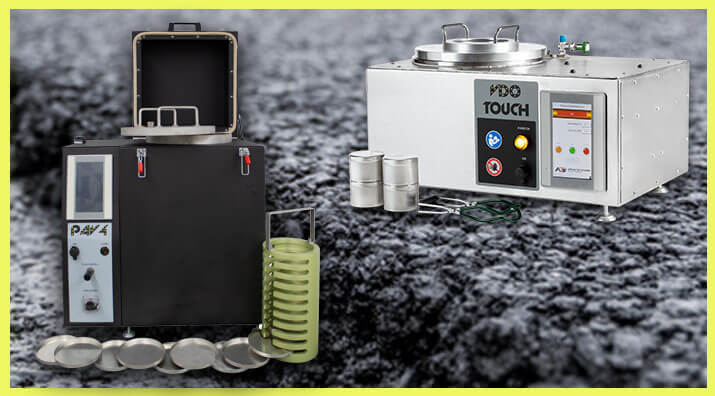The Gray Pages: the how and why of test methods and a guide to performing concrete and aggregate tests efficiently while complying with requirements within the standards.
- Log in
- Favorites List
-
Shopping Cart
You have no items in your shopping cart.
Blog posts tagged with 'Testing Insights'
Have questions about your materials testing equipment? We have the answers to these questions and much more right here! Check back monthly for long-form blog posts, how-to guides and infographics. We’ll address industry insights, the operation and maintenance of specific equipment, and our product line recommendations, all designed to better serve you.
Bookmark this page, add it to your RSS reader, or subscribe to our newsletter, so you never miss a hot topic.

In part 3 of this three-part series, we’ll cover the procedure for effective particle size distribution of coarse aggregates, useful equipment and testing tips.

In part 2 of this three-part series, we’ll outline a sieve analysis of coarse aggregate including proper preparation of bulk field samples for lab testing and necessary equipment and tips.

When dry sieving isn’t sufficient for producing an acceptable degree of separation between individual fractions of a sample, it’s time to try wet sieving. This blog post covers the importance of wet sieving, when it is best used, and recommended equipment for various procedures.

In Part 1 of this thee-part series, we’ll cover sieve analysis of coarse aggregate, beginning from gathering samples at a job site, including tips and necessary equipment.
The Concrete Test Hammer is a critical part of your tool kit when assessing potential problems in concrete structures, but it can also create problems if expected to perform beyond its capabilities. This blog post outlines the proper way to use this tool for establishing strength estimates and relationships by comparison.

A method to simulate long-term, oxidative aged asphalt binder is important for predicting distress in asphalt as it ages. A Pressure Aging Vessel is a great solution and this blog post will highlight the background and benefits of these powerful machines.
Abrasion testing is an important component to your quality control process. This follow-up post presents the benefits of the widely-used L.A. Abrasion Test.
If you need to accurately measure the effect of heat and air on asphalt binder, a good option to consider is a Rolling Thin Film Oven (RTFO). This blog post outlines everything you need to know from the procedure to benefits and equipment recommendations.
Understanding the history, procedure and benefits of the Micro Deval Test can help you consider a new method for abrasion testing.
- 2025
- 2024
- 2023
- 2022
- 2021
- 2020
- 2019
- 2018
- 2017
- 2016
- 2015





















